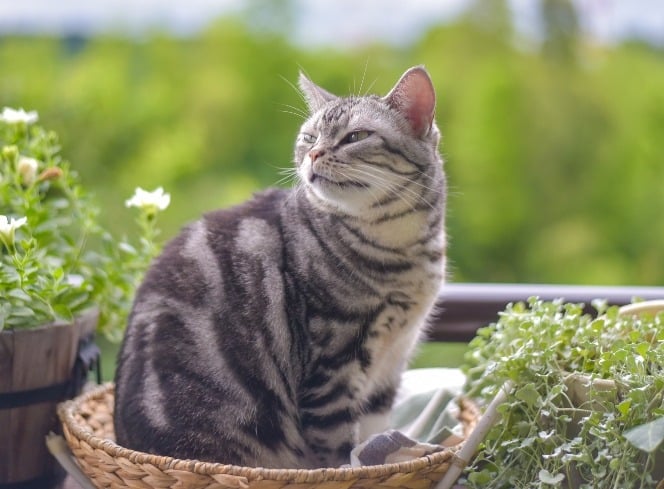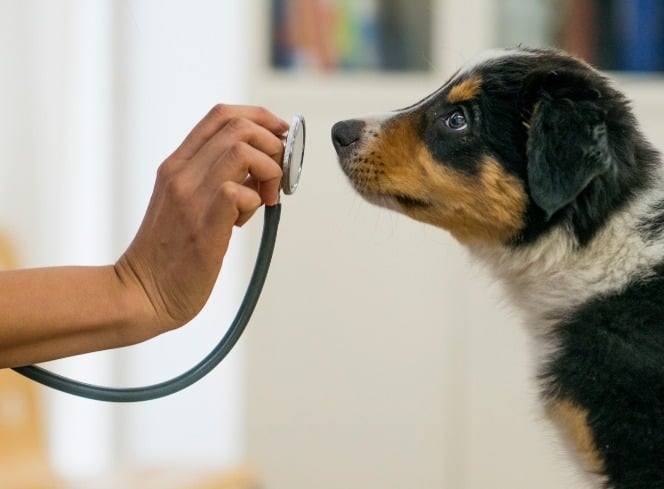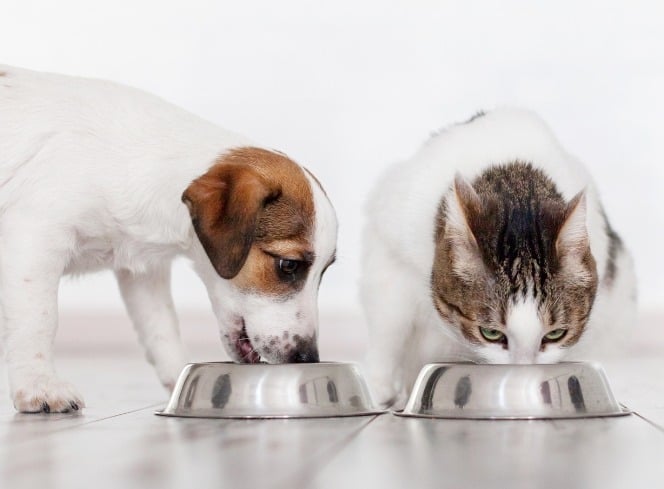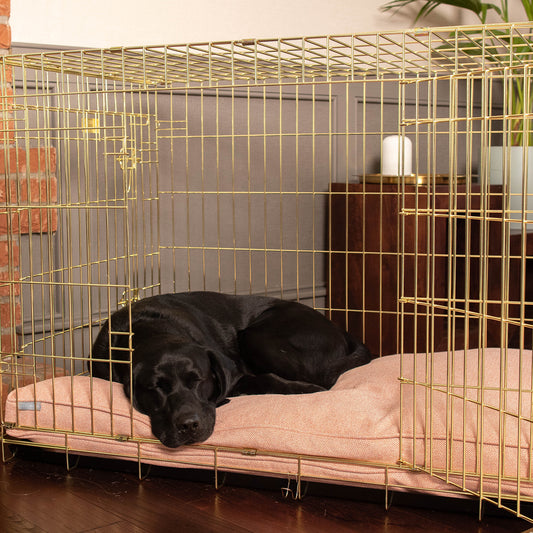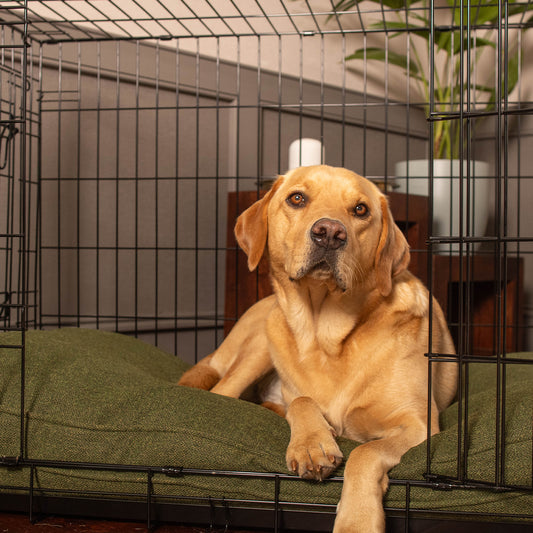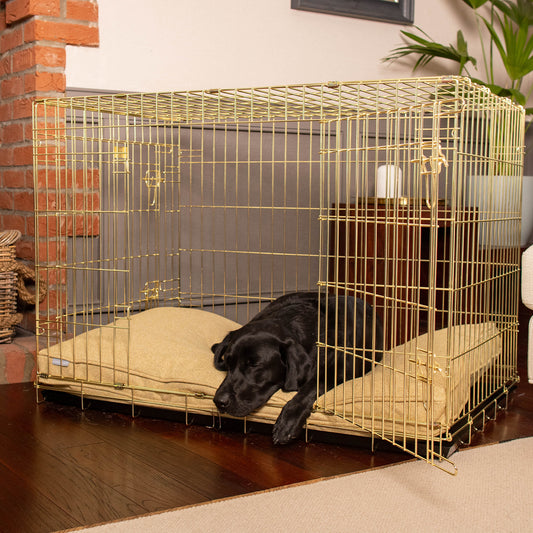Our pets can exhibit all kinds of behaviours, some slightly more unusual than others. We talked recently about dog treats and how many dogs will hide or bury them, and this week we thought we’d look at strange behaviours around their food and water bowls. You may have a dog that likes to move their bowls around, whilst some dogs have a tendency to put their paw into the bowl. In this blog we’ll look at all the things we’ve known dogs to do to their food and water bowls and why they might act this way.
Dog Food And Water Bowl Behaviour
Your dog may react in all kinds of ways when it comes to their food and water bowls. Whilst some dogs will just be excited at the thought of food and start eating straight away when food is served, others may show a range of other behaviours. This can range from moving the bowl around the floor to trying to tip the bowl up. Some dogs may put their paws in their bowls or even try to pee in them. It might seem baffling, but there are one or two reasons that your pup might do these things.
Why Do Dog’s Move Their Food Bowl?
Most canine behaviour is often down to habit and past behaviour being reinforced. So if your dog happened to move their bowl once and you gave them attention or added more food, then your dog may associate moving the bowl with being rewarded, leading them to do it more often.
Your pup may also be showing behaviour that has been passed down from their ancestors. Moving the bowl around could be your dog’s way of deterring other animals from eating their food. Even if your dog is an only pet, they still have a natural instinct to protect their food that stems from their history as pack animals. In the wild, dogs hunting in packs would sometimes hide or run away with their food to ensure it wasn’t stolen by the rest of the pack.
Another reason that stems from their old pack hunting days may be that they’re trying to make the food seem more “alive”. By moving a bowl of dry dog food, the kibble will bounce and move which may excite them and make them feel more fulfilled at mealtimes.
Alternatively, it could simply be your dog telling you that they don’t like the placement of their bowl. It could be the sound of their bowl on a particular type of flooring that they don’t like, or they may want to be nearer to you when they’re eating. Some dogs may even push around an empty bowl because it makes them nervous to think they don’t have food available, even when they’re not hungry. We’d suggest keeping their dry food topped throughout the day, even if it’s just with a small amount so they’re not tempted to overfeed.
Why Does My Dog Flip Their Food Bowls?
Flipping the bowl of food could be done for similar reasons to moving the bowl, in that they’re trying to protect the food from other animals.
It could also be that your dog doesn’t like the bowl itself. They may not like the shape of it; some dogs have sensitive whiskers and don’t like the feel when they stroke the sides of the bowl. Or they may take a dislike to the smell. The bowl could smell of dish soap or even another dog’s scent for example which could put them off.
If your dog has taken to tipping their bowl over, you could try a non-skid dog bowl which should deter them from moving it on hard floors. You could also try moving the bowl to another area or try a different bowl altogether.
If you have more than one pet, try feeding them apart from each other and always feed them in separate bowls. Dogs don’t usually like sharing their space when eating their food.
If your dog is a messy eater in general, you may not be able to stop the behaviour completely. Try serving their food on a placemat to stop spillages from soiling the floor.
Why Does My Dog Put Their Paw In The Water Bowl?
Does your dog like to play with the water in their bowl? You may not see any sense in your dog doing this and of course it probably makes a mess with the splashes it creates. There are a couple of reasons your dog might do this though.
It might be that your pup is hot after a walk or other activity and the water is a way for them to cool down. It doesn’t matter to them that they’re going to drink from the bowl later.
Your dog might also try to paw something that they can see in the water. There may be something floating such as stray food or a hair; or they may be distracted by their own reflection!
They may even play in the water because they just love it. If you have a dog who loves a splash in the sea or a paddle in the local pond at the park, you may find that they continue this type of play at home in their water bowl.
There are a number of things you can do to try to stop the behaviour. Changing the bowl to one made of plastic or ceramic may reduce the risk of distracting reflections tempting your pup to play. You could also swap the water bowl for a pet fountain.
Why Do Dogs Pee In Their Water Bowl?
Dogs are territorial creatures and urinating is a way for your dog to scent mark their territory. They will often do this on dog walks, spraying over other dog’s scent to show that they stand higher in the canine social hierarchy.
If your dog begins to spray in the house, it is probably related to this natural instinct. If you have more than one pet or you have a friend’s dog over to visit, your dog may decide to spray on the other’s bowl or even their own bowl. It could also happen when new people come to stay or even if you have a baby.
Once you have managed to pinpoint why your dog is exhibiting this behaviour, you can aim to change the habit. One of the best ways to do this is to try serving their water in a quiet part of the house. This may mean putting it in a different room, or a different part of the same room that is less busy, with fewer distractions.
Why Is My Dog Afraid Of Their Bowl?
Does your dog seem afraid of their food and water bowls? If your dog whines at the food bowl rather than eating from it, or refuses to go near it, they may have developed a dislike of the bowl or food for a few reasons. It could be the material of the bowl that they dislike; they might not like the feel of plastic, or the cold surface of the metal. It could even be the smell that they don’t like.
Another reason could be the location of the food. Your dog may not like the bowls being near other pet’s bowls, or they may find a certain spot too busy or noisy.
If your dog has suddenly stopped eating, you will need to rule out any health issues. We’d suggest a trip to the vet to get them checked over properly.
A good way to deter unwanted behaviours of any kind is to provide plenty of toys and play options. Along with toys, ensure that your dog gets lots of stimulation every day throughout their routine which will hopefully make sure their energy is spent in the correct areas.
If your dog seems to have developed any kind of compulsive behaviour that you’re finding it difficult to change, we’d suggest speaking to your vet.


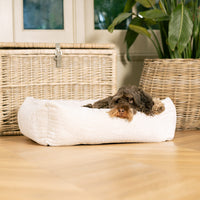

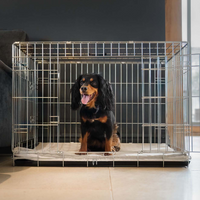
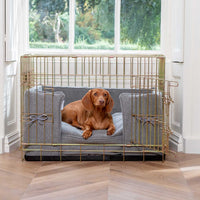
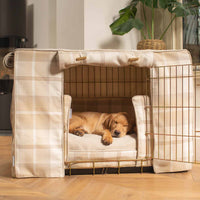
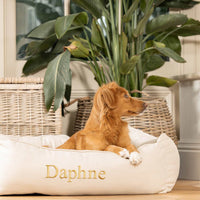
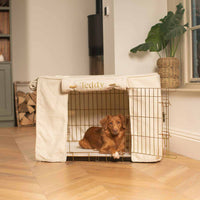
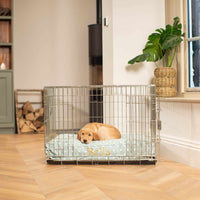
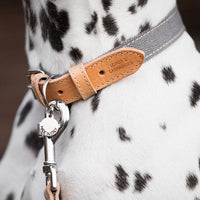
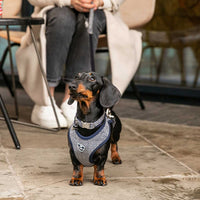
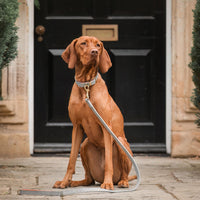
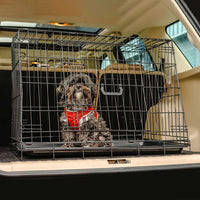
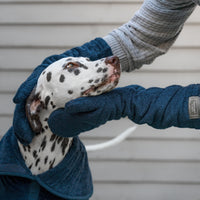
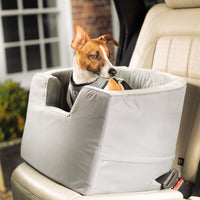
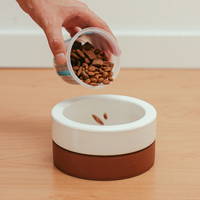
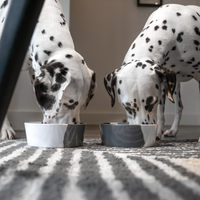
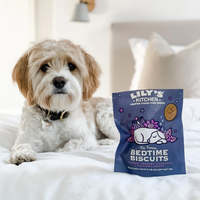
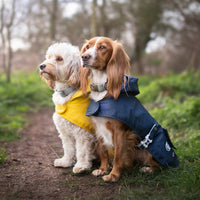
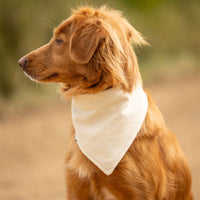
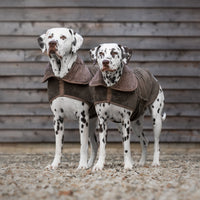
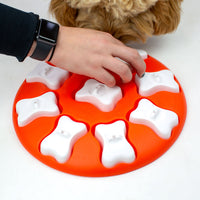
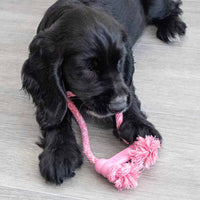
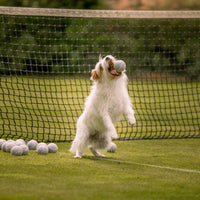
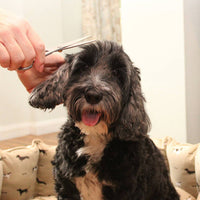

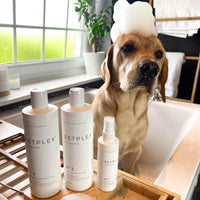

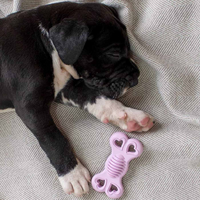
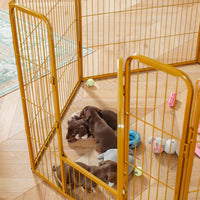
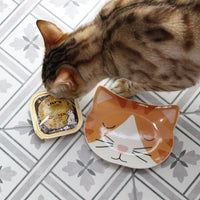
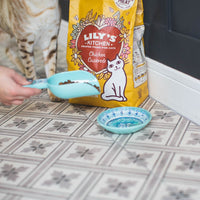
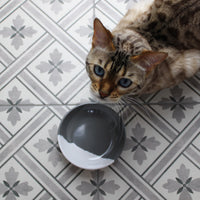
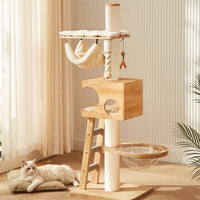
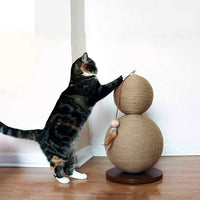
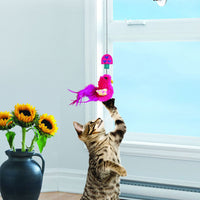
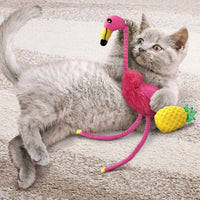
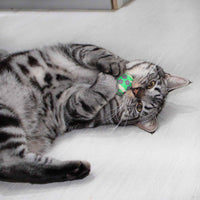
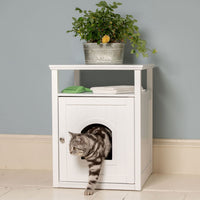
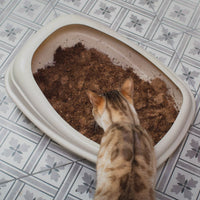
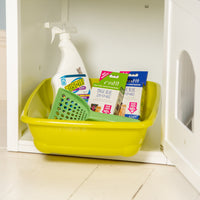
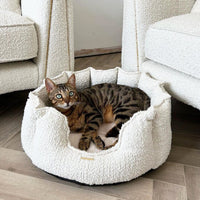
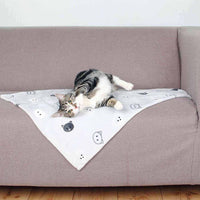
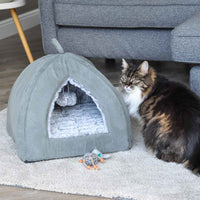
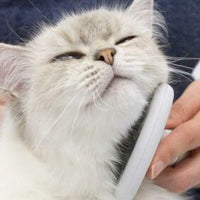
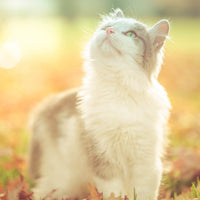
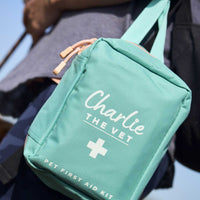
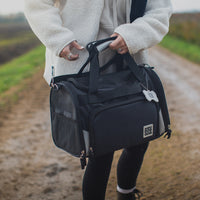
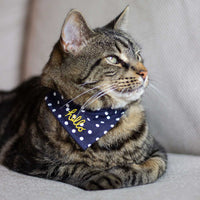
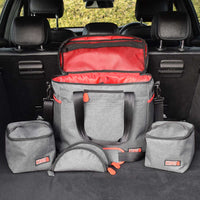

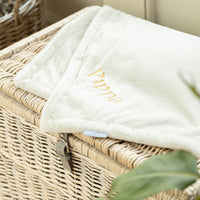
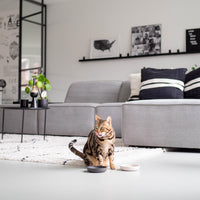




![[color:grey]](http://www.lordsandlabradors.co.uk/cdn/shop/files/ScruffsScandiNonTipBowl.jpg?v=1684154709&width=533)

![[color:grey]](http://www.lordsandlabradors.co.uk/cdn/shop/products/Scruffs-Classic-Long-Eared-Dog-Bowl-3.jpg?v=1648565589&width=533)



